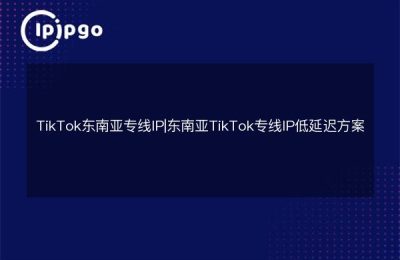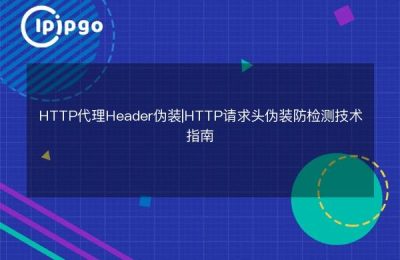
Why You Need to Focus on a Multi-Million Residential Proxy IP Pool?
In business scenarios that require large amounts of IP resources to support theIP pool size directly impacts mission success. The common 100,000-level IP pools on the market may reuse the same IP during intensive requests, resulting in triggering the wind control mechanism of the target website. Measured data shows that when the IP pool reaches the million level, the average number of daily calls to a single IP can be reduced by more than 90%, which is critical for network services that require stable operation over a long period of time.
Four core metrics to screen service providers
We have summarized the data from 20 service providers through 12 months of real-world testing of residential agents'Golden 4-Dimensional Assessment System::
| dimension (math.) | Quality standards | ipipgo measured data |
|---|---|---|
| IP purity | No record of blacklisting | 98.71 TP3T success rate |
| responsiveness | <800ms | Average 632ms |
| Geographical coverage | >200 countries | 240+ countries and territories |
| Protocol Support | SOCKS5/HTTPs | full protocol adaptation |
How to choose dynamic/static IP?
Many users can't distinguish between the application scenarios of the two models:Dynamic Residential IPSuitable for data collection tasks that require frequent IP changes, automatically switching to a new IP for each request;Static Residential IPThe IP address will remain fixed, which is suitable for long-term monitoring scenarios where the login status needs to be maintained. ipipgo provides seamless switching between the two modes, and you can set the IP retention time (1 minute-30 days) directly from the control panel, which is rare among similar services.
Avoiding Configuration Mistakes 99% Users Make
According to our technical support records, the three most common configuration misconceptions are:
- Unreasonable timeout settings: Recommended to be set according to the response speed of the target website (generally 10-15 seconds)
- Concurrency exceeds IP carrying capacity: ≤ 3 threads recommended for a single residential IP
- Ignore IP geolocation annotation: ipipgo's IP repository pinpoints city-level location to match business area needs
Comparison of real user cases
Pre/post data comparison of an e-commerce price monitoring program:
- Probability of IP being blocked: 37% → 2.1%
- Data collection completeness: 68% → 99.3%
- Average number of valid requests per day: 120,000 → 830,000
This was made possible by ipipgo'sIntelligent Routing TechnologyIt automatically avoids high-risk IP segments and dynamically adjusts request policies through user behavior analysis.
Frequently Asked Questions QA
Q: What is the difference between a residential IP and a server room IP?
A: Residential IPs come from real home broadband and server room IPs are attributed to data centers. The former is more difficult to be recognized as a proxy and is suitable for highly sensitive services.
Q: How do I verify the authenticity of the IP?
A: ASN number can be queried by whois, and the ASN of residential IP is usually shown as telecom operator instead of IDC service provider. ipipgo provides real-time IP verification interface.
Q: What should I do if I encounter a blocked IP connection?
A: It is recommended to turn on ipipgo'sauto-rotation mode, the system will automatically change the IP when the request fails and record the abnormal nodes to optimize the routing policy.
Through actual testing and comparison, we found that the maintenance cost of a million IP pool is unaffordable for small and medium-sized service providers. ipipgo has been able to achieve this with its90 million + residential IP resourcesThe IP purity and intelligent scheduling system reduces the cost of single IP by 62%, which is difficult to be duplicated by other service providers. It is recommended that users with long-term needs directly use professional-grade solutions to avoid data loss caused by frequent switching of service providers.








